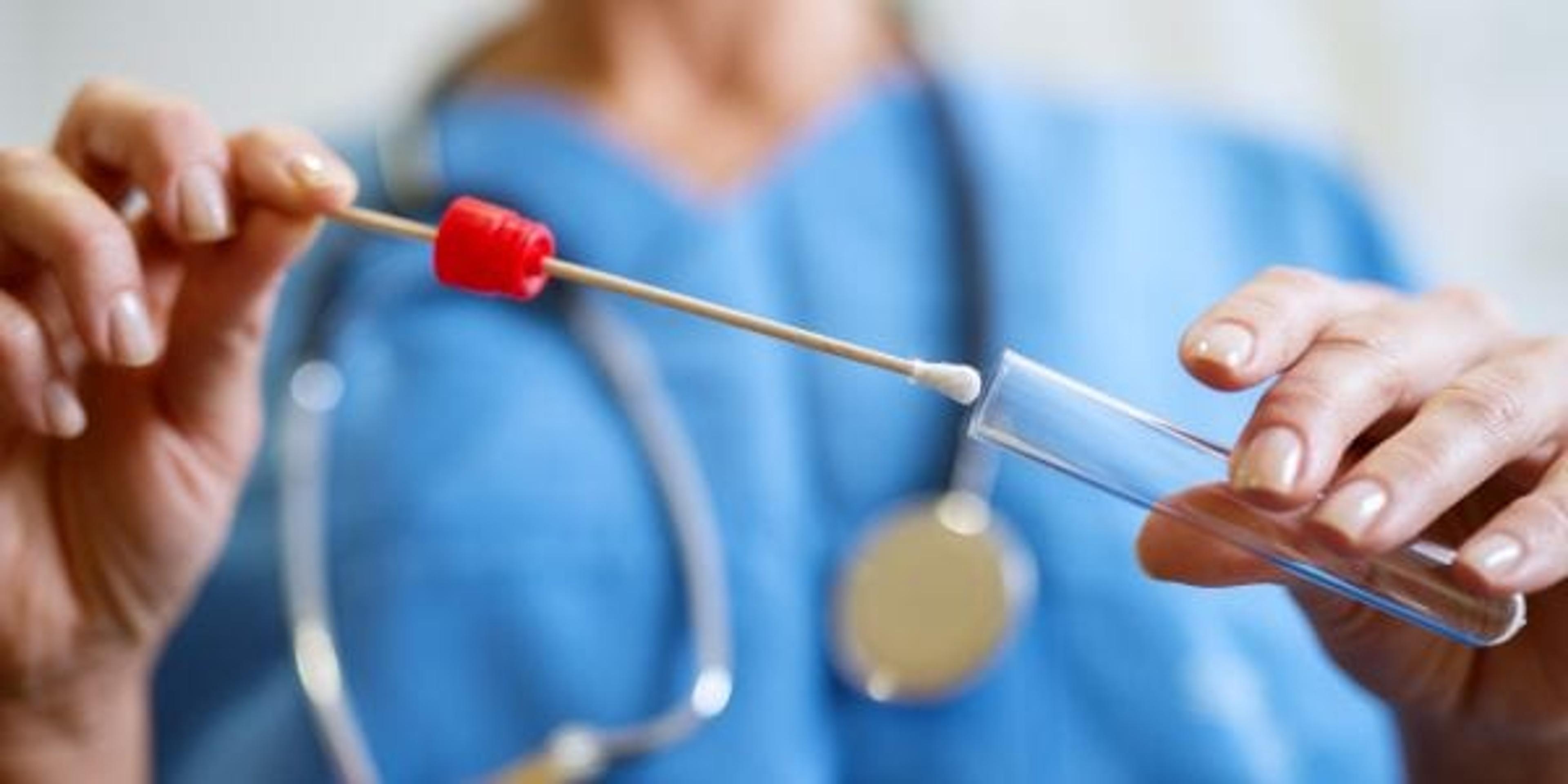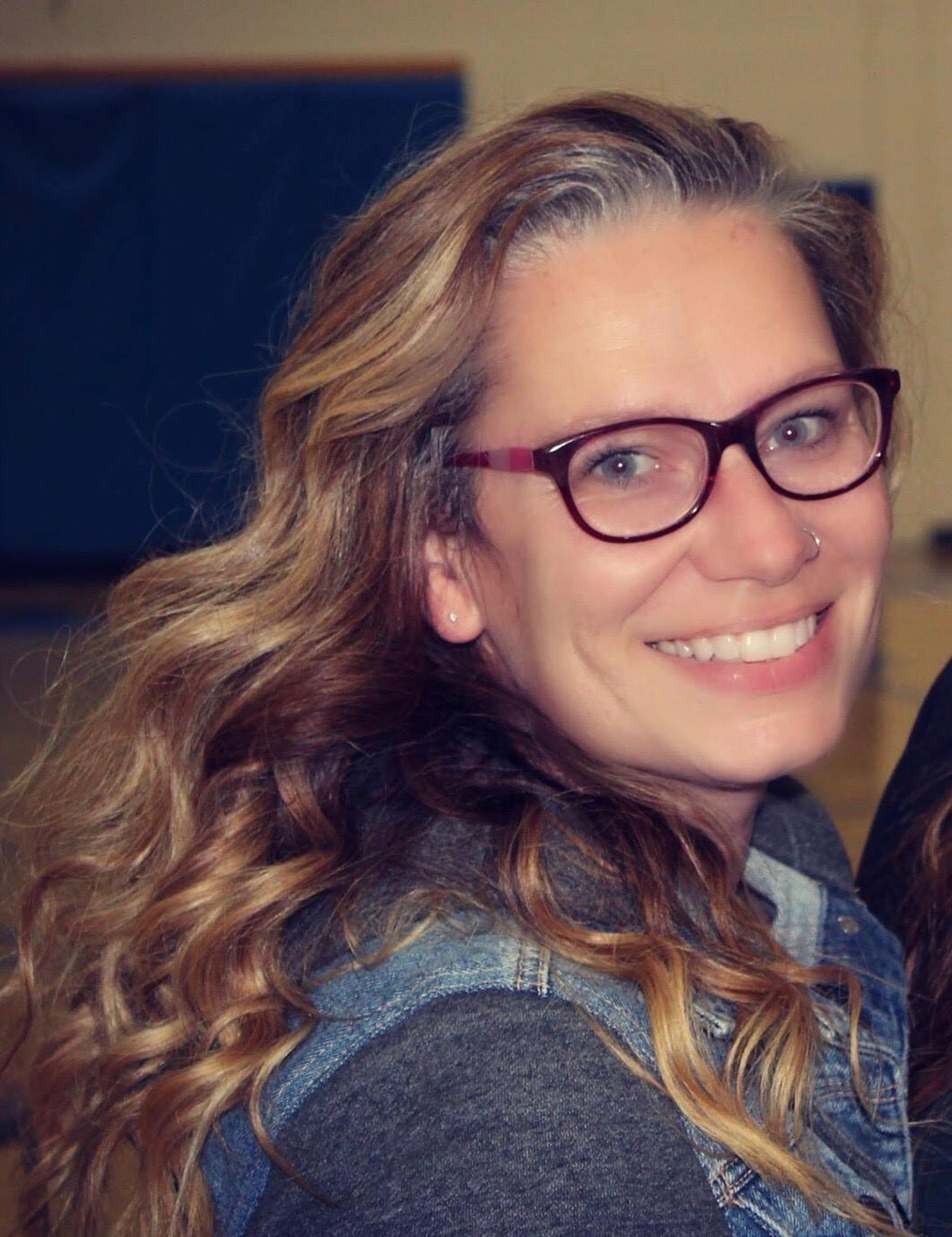Michigan Woman Donating Stem Cells to Man She Saved Years Ago

Julie Bitely
| 5 min read

The first time Jilley Dickinson donated bone marrow, she was a carefree 31-year-old. The decision wasn’t hard to make once she got the call stating she’d matched with an eligible patient in need.
Before her first donation experience, Dickinson attended a Be the Match donor drive in Ionia, organized to support a girl in the community who needed a marrow transplant. Be the Match is operated by the National Marrow Donor Program and operates a worldwide registry to connect potential donors with people in need of healthy bone marrow or stem cells, used to treat a variety of conditions including blood cancers.
Dickinson’s recipient was a 50-year-old male diagnosed with acute myeloid leukemia. When she signed up to be a donor, a simple swab of her cheek provided DNA, which contained human leukocyte antigens (HLA), proteins found on cells in her body. Donor and patient must be a close HLA match for the transplant to be effective. Of people who sign up for the registry, chances of donating are about one in 430.
By the time she was notified she might be a match, Dickinson had kind of forgotten about the donation drive she’d been part of.
“I just said yes,” she recalls. “If I wasn’t interested in doing it then I probably wouldn’t have signed up to begin with.”
After more blood draws and an extensive physical exam to solidify her good health and that she’d be the best donor, she gave bone marrow through a draw from her pelvic bone. She was put under throughout the procedure but did report some discomfort in the following days.
Answering the Call (Twice)
The second time she got the call that her stem cells were needed, eight years had gone by and the Stanton resident had added a husband and two small boys. The logistics were more complicated, but her gut told her she knew there was only one option and this time, it felt more personal.

Jilley Dickinson (courtesy photo)
Since her first donation, she’d experienced the loss of her father and father-in-law. She knows the name of the man she’ll potentially be saving for the second time and she knows he has a family, including a son she’s communicated with through Facebook.
“How would I have felt if my dad or father-in-law could have been saved by a bone marrow donation and the original donor, who’s already donated once, said ‘no’ they didn’t want to do it again,” she asked herself.
Saving a Life
To protect privacy, donors don’t know the identity of their recipient and vice versa. After about one year after the first donation, Dickinson received an update from Be the Match letting her know the recipient was in remission, which gave her a wonderful sense of accomplishment.
“Not only did I do something for someone else, but it actually worked,” she said.
After five years, the patient and donor can contact each other provided both agree. Dickinson was curious to know who this man was and looked him up on Facebook. She ended up becoming friends with his son on the social media platform and was surprised to discover that the man she’d saved lived a world away in Turkey.
Using Google Translate, the recipient thanked Dickinson through his son and welcomed her for a visit. With a then six-month-old, traveling a world away wasn’t in the cards but Dickinson was touched by the gesture.
Giving Again
When Dickinson donates to the same man for a second time this April, she’ll have a central line placed at Spectrum Butterworth Hospital to donate peripheral blood stem cells. The procedure will take about six hours and she’ll likely take the following day off. She’s using time off through her employer, Sheridan Hospital, where she works as an accounts receivable specialist.
Donors don’t pay for any medical expenses incurred through their donation and certain expenses, such as travel and childcare, can be reimbursed. Some states mandate paid leave for bone marrow donation, although Michigan currently does not.
Dickinson isn’t worried about the time lost. She’s also not worried about the procedure – she went through breast cancer at 21 and a little time in the hospital certainly doesn’t scare her. She gets emotional thinking about what she’d give for more time with her own dad. He died 10 days after a lung cancer diagnosis. He was 59, about the age her bone marrow recipient is today. She wants his family to have him for as long as they can.
“Even if I gave him 10 days … if I gave him a month or a couple more years … I don’t know the extent of his illness aside from the fact that he’s had a relapse – any amount of time that I can give him with his family is what I wish for them,” she said.
Dickinson encourages everyone to sign up for the Be the Match registry and to look for other ways to give back.
“Everybody has the potential to give selflessly to somebody else,” she said.
Learn more about Be the Match and how you can sign up to be on the donor registry here.
Like this story? Read these:
Main image photo credit: dusanpetkovic





